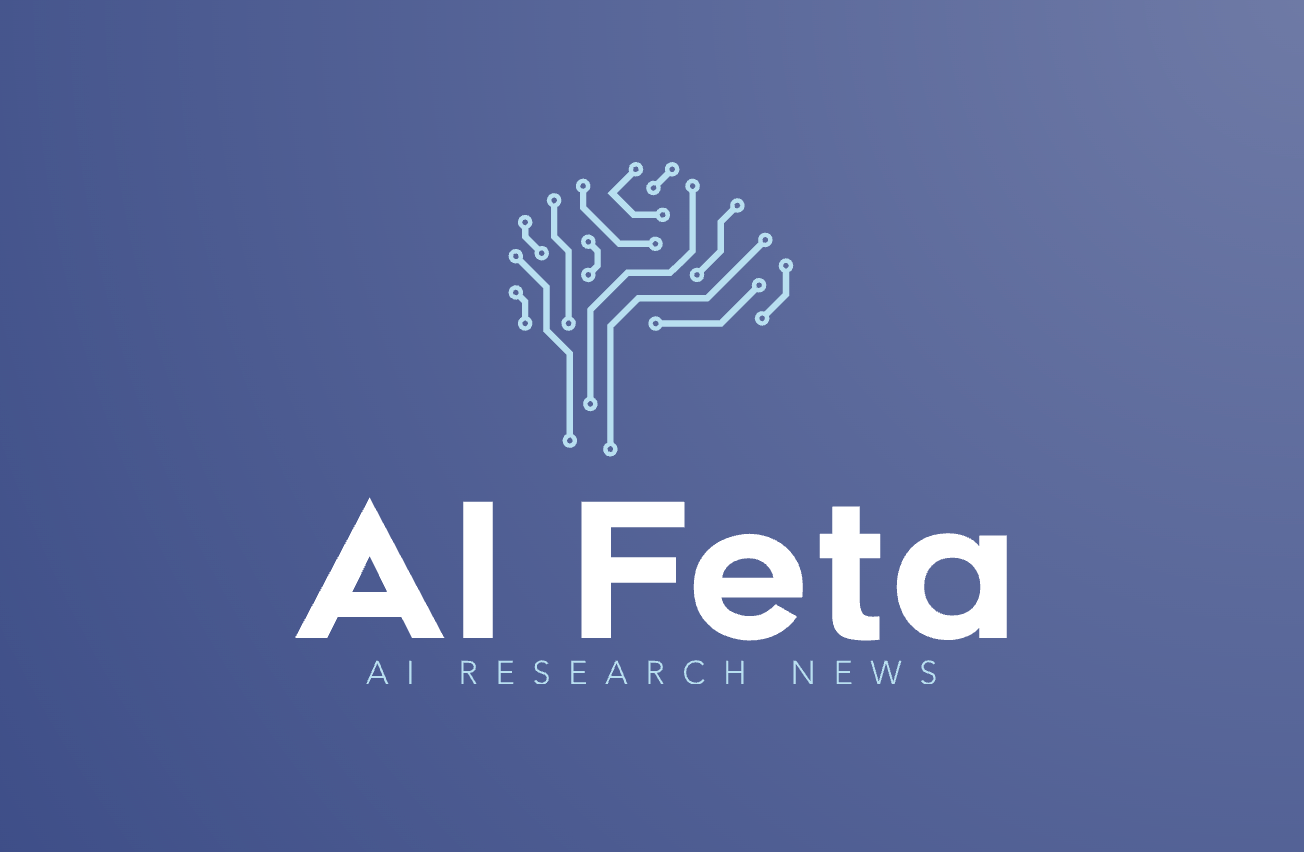Learning the Neighborhood: Contrast-Free Multimodal Self-Supervised Molecular Graph Pretraining
C-FREE unifies 2D topology and 3D conformers—no negatives, no positional encodings, no heavy preprocessing.
Molecular representation learning often relies on contrastive schemes, hand-crafted augmentations, or complex generative objectives—frequently ignoring the rich 3D geometry that governs chemistry. C-FREE (Contrast-Free Representation learning on Ego-nets) offers a simpler, stronger path: learn from fixed-radius ego-nets across ensembles of 3D conformers and predict each subgraph’s embedding from its complementary neighborhood in latent space.
This contrast-free objective integrates topological and geometric signals through a hybrid GNN–Transformer backbone, sidestepping negatives, positional encodings, and costly preprocessing. Training on the GEOM dataset leverages conformational diversity to align representations with chemically meaningful variability.
The payoff is state-of-the-art performance on MoleculeNet, outperforming contrastive, generative, and other multimodal self-supervised methods. Fine-tuning across varied dataset sizes and molecule types shows robust transfer, highlighting the importance of 3D-aware embeddings for downstream property prediction and molecular design.
Why it matters: better pretraining translates directly into improved hit-finding, ADMET prediction, and lead optimization—areas where labeled data is scarce and expensive. C-FREE’s simplicity also lowers engineering overhead, making high-quality molecular pretraining more accessible to both industry and academia.
Looking ahead, combining ego-net predictions with task-aware adapters, uncertainty estimation for conformer coverage, and protein–ligand co-representations could extend the framework to structure-based design.
Paper: http://arxiv.org/abs/2509.22468v1
Register: https://www.AiFeta.com
#AI #DrugDiscovery #GraphLearning #SelfSupervised #GNN #3D
